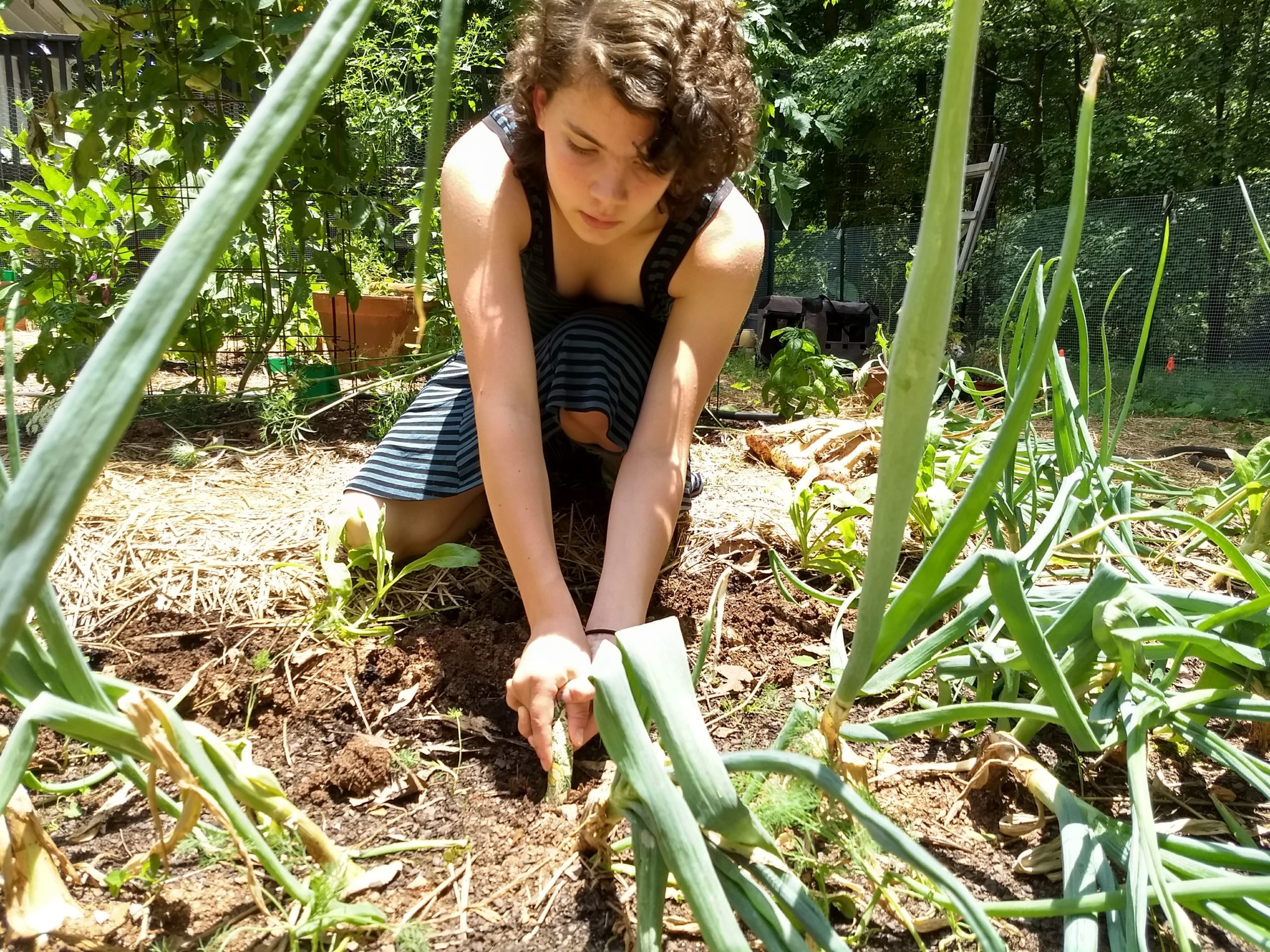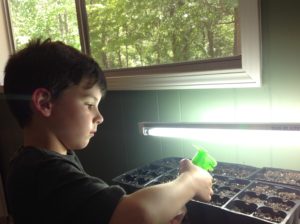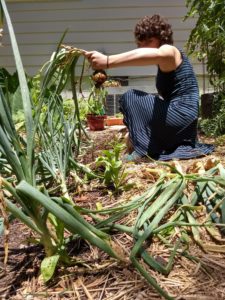On Tuesday, February 11, 2020, Master Gardener and Cobb Extension Program Assistant Terri Carter delighted her audience presenting Gardening With Children. Terri’s life mission is to learn, work and educate others on how to protect the planet. She is an avid organic gardener who is committed to seed saving as a way of preserving our food heritage.
Terri immediately grabbed the audiences attention when she stated “I cannot recall a child using their phone while immersed in gardening. Gardening is a way to unplug kids from their phones and social media”.
To engage children Terri recommended choosing seeds that germinate quickly, such as zucchini; using child sized garden tools, and to consider “exciting” things to grow. Carrots were recommended because they are fun to pull out of the ground. (Though it was noted they require loose soil.) Growing Gigantic pumpkins provide a festive harvest, but you need adequate space for the vines. (Plant pumpkin seeds 120 days before maturity in October.)
For an inexpensive alternative to planters, Terri suggested using porous bags with handles. (Like the environmentally sound bags we can purchase and use at the grocers.) They are portable and can be easily moved around the garden. But because these type of bags require more frequent watering, Terri stated they will require added compost as the nutrients will leech out. Terri reminded everyone of the importance of proper soil. Seed starting soil is different from potting soil. (Seed starting soil is light and fluffy!)
Since it is important to retain the attention of these little gardeners, Terri suggested engaging their senses. Herbs and flowers engage the sense of taste and smell. Colorful plants for a rainbow garden enhance an eye for beauty. Have the child feel for dry soil and then use child-sized, colorful watering cans to water thirsty plants. An inexpensive alternative to watering cans are old milk jugs with holes punched into the bottom.
Have a magnifying glass available for the child to view the intricacies of a flower, or the living organisms and bugs within healthy soil. Bug boxes are also fun to collect bugs for study. Of course harvesting fruits and vegetables is the greatest reward to a gardener. As well as the perfect opportunity to engage a child in the lifelong art of cooking their own produce.
A few important tidbits were discussed such as avoiding poisonous plants and thorny bushes. (Recommending plants such as thornless blackberries.) An important concept to keep in mind: is the goal of inspiring and developing lifelong gardeners.
To encourage creativity in the garden, Terri suggested using scrabble letters glued to popsicle sticks as plant labels. Or cutting mini blinds, labeling them with a permanent marker. Make stepping stones. Create a fairy garden! Use poles to create a teepee for growing beans. Make a terrarium.
In closing Terri suggested going on a garden tour with your child to inspire ideas for your own garden design. Read children’s gardening books. Discuss why you are creating a garden. Set a goal. Maybe you can even enter your plant or produce in the North Georgia State Fair!



